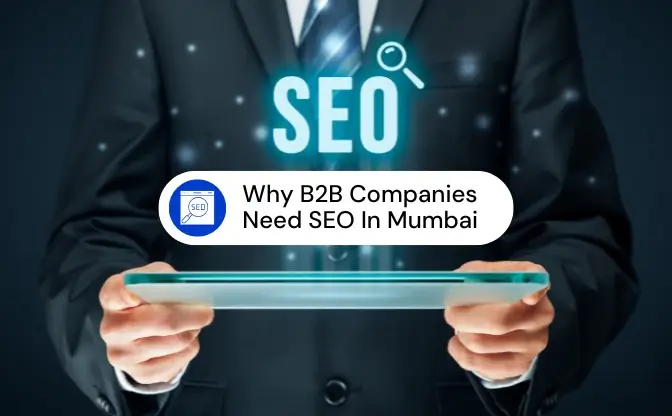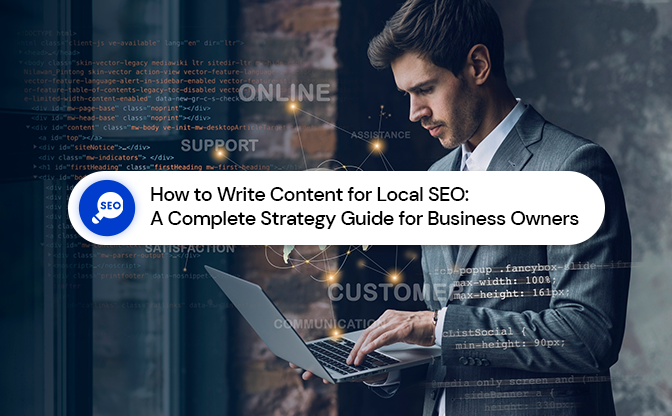How Online Source Can Drive Traffic With Ecommerce SEO
Without doubt, ranking higher than your rivals on Google is an unquestionable requirement. What is SEO? For ecommerce websites that compete with many competitors, SEO implies ranking high on search results to drive traffic. What’s more, it is an unpredictable business–there are numerous components that influence how search engines rank, distinguish and present your webpage. Yet, imagine a scenario in which you don’t have the foggiest idea about the SEO tips and tricks that will get your ecommerce website to the top. In case you’re missing out on clicks, you’re likely also missing out on deals. Nowadays, reaching the first page isn’t sufficient. You should also rank #1. If you don’t have a solid SEO strategy set up, you are missing out on brand impressions, clicks, and deals. Regardless of whether you’re simply beginning with a new site or improving a current site, this complete guide gives valuable strategic recommendations to improving your SEO game.
1. Conduct a research analysis on your competitors:
Before you start your SEO venture, investigate your rivals first. Search on Google for the items and services that you sell, or basic inquiries that your clients are constantly asking The results on the main page will uncover which of your rivals are doing SEO well.
Pay special attention to the following on the first page:
- What pages are showing up in the search results? This can incorporate rivals’ home pages, blog entries, and product pages.
- Do their products, web pictures, or logos show up in the image search results?
- What particular keywords or expressions they are utilizing across their website and in their content constantly?
- What sort of content would they be making that reverberates with their crowds? Check whether they are creating more tutorials, blog entries, or videos that get them high engagement.
More importantly, what are they doing that you aren’t? This will assist you with comprehending how your rivals are covering your subject area and uncover holes you can quickly fill. It will likewise give a solid foundation to your SEO strategy.
2. Conduct Keyword research for Ecommerce SEO :
Keyword research is tied in with recognizing all the significant keywords identified with your business and products. Research all the various keywords and expressions that your clients would use to look and find your items. Think of short expressions, long sentences, particular keywords, terms and whatever else that is remotely identified with the products that you are offering. The objective is to create an enormous list of expressions and keywords that can be reduced later. You can make use of tools like Google’s Keyword Planner or Ubersuggest and Moz’s Keyword Explorer to enable you to discover what words or expressions individuals are utilizing. These devices will show you the comparing search volume for your picked terms and how competitive they are. You can utilize this data to figure out which keywords are generally significant to rank for, and what is sensible to pursue given your assets. For instance, you will be unable to rank for a keyword like “content advertising” since it has a high search volume and is profoundly competitive, with various huge organizations ranking for the term. In any case, the objective is to discover more speciality terms or longtail keywords that have a strong monthly search volume with a low or medium challenge.
3. Audit the site for errors:
After you have led your keyword and rival research, it’s an ideal time to start inspecting your site for issues that should be fixed. The top things we suggest concentrating on in the auditing phase are:
- Discover site errors. Screaming Frog is free to utilize and will “spider your sites’ connections, pictures, CSS, content and applications from an SEO point of view.” Then, it will furnish you with a rundown of information including errors, redirects, duplicate pages, missing header labels, etc.
- The top mistakes you will need to address quickly include:
- Diverting any 404 pages to the genuine content
- Modifying 302 redirects to 301 redirects
- Refurbishing duplicate content pages, meta titles, and meta descriptions.
- Determine your site speed. Guests won’t stick around and wait for a slow site to finish loading. Your clients will click back to Google to locate a quicker site, which is probably going to be a rival! Truth be told, research shows that 40% of individuals desert a site that takes longer than 3 seconds to load! Try not to lose clients in light of the fact that your site is slow. This is the reason it’s super significant for your site to load rapidly. On the off chance that you need an approach to test your site speed, utilize a free tool like Pingdom. In the event that it takes over 3 seconds for your site to load, you can speed up by purchasing more server space, utilizing an alternate CMS or decreasing picture and file sizes.
4. Write strong meta-descriptions for Ecommerce SEO :
Meta descriptions are the short outlines that show up under the link in a Google search page. Meta descriptions are there for two reasons:
- They educate search engines with what the page is going to assist them with characterizing and sorting the page.
- They inform individuals about what the article, site, or page is about.
There’s a craftsmanship to composing good meta depictions. To begin with, you ought to incorporate the essential target keyword and ensure it’s congruous with the keyword for the page or content it is being connected to. Then you have to compose a description that provokes curiosity and drives individuals to click on the link. Here are a few hints tips better meta descriptions:
- Utilize the active voice. This will help make your content significant and push perusers to click on your website.
- Be explicit and maintain a distance from fluff. Give purchasers just vital details.
- Guarantee your description matches what the page covers. Be exact.
- Incorporate a call to action, portraying what your perusers will get from clicking.
5. Create a workflow to update pages:
When you’ve distinguished the pages that drive the most traffic to your site, you’ll have to make a workflow to tick off each SEO necessity for these pages. Then proceed with that work to different pages of your site as you see fit. Your workflow ought to incorporate the procedure of how you’ll update each page and the particular request where you will execute various undertakings. It ought to likewise incorporate precisely who will take on various jobs as you keep on adding more web pages to your website.
6. Simplify the architecture of your site for Ecommerce SEO:
As you are adding items and categories to your store, keep in mind that site design assumes a significant job in the search optimization. Specifically, you need to have a particular hierarchy of navigation, from your landing page to item categories, to the items recorded inside them. Web search engine bots will find your pages and items on your site dependent on a reasonable internal linking structure that is anything but difficult to follow — and not very deep. The general guideline for web crawlers and guests is to ensure individuals can arrive at everything in three clicks. From the landing page, they should just need to make at most three clicks to find a product on your site.
Internal Linking is there for two reasons:
- Increasing ecommerce SEO of websites by indicating how pages are related to each other.
- Raising the time on the website by urging guests to explore your site further.
Connecting to related items or to data-rich blog articles can help improve ecommerce SEO and make your website all the more enticing for deep dives.
7. Optimise Product Pages:
Product pages are the soul of your business, so you will need to center a ton of your energy on optimizing them. Numerous ecommerce storekeepers essentially compose a couple of lines of content about every item and throw in a picture or video. You need more data on your product pages so Google can discover them. Here are the particular things you need to work on.
- Product name: The name of your product is significant. Mostly, it’s likewise utilized in the SEO title and URL of your product page. This is the reason you might need to consider including a typical search term or keyword expression in your products. To sweeten the deal even further, when individuals share your item on Facebook or Pinterest, that keyword will be in the title of the shared post.
- Picture Optimization: Images are a significant piece of your product page. In addition to the fact that images are significant for your clients, however, they are significant for search optimization. To appropriately advance your pictures for search, start with the filename. Try not to add pictures named IMG0010.jpg to your product pages. Rather, utilize the item name and primary keyword, for example, modish-high-waisted-jeans.jpg.Also, when you add your pictures to your product page, incorporate the item name and keyword in the ALT content for the picture.
- Video: Help your client feel progressively certain about their purchases by additionally adding videos to your product page. The video can be fundamental data about your product (for instance a commercial), a how-to video on approaches to utilize the item to get results, or testimonials from individuals who have utilized the item.
8. Update and measure often :
We’re all inclined to make mistakes. When your strategy has been actualized, it’s essential to update and gauge your SEO strategies frequently. Try not to get complacent and look for approaches to improve and emphasize. Checking your SEO results will assist you with understanding how your eCommerce site is performing and on the off chance that you have to reevaluate your technique to roll out extra improvements.
That concludes our guide of SEO marketing and tips for an e-commerce website. A solid procedure to improve SEO for ecommerce websites gives your webpage the most obvious opportunity with regards to showing up on the main page of the search results. What’s more, it makes it simpler for clients to discover your products and purchase them. Utilizing the means above, you’ll be able to drive more traffic and sales your way. Also you can hire a professional SEO Company in Mumbai who can ace Ecommerce SEO for your e-commerce website while you focus on your regular business operations.


















